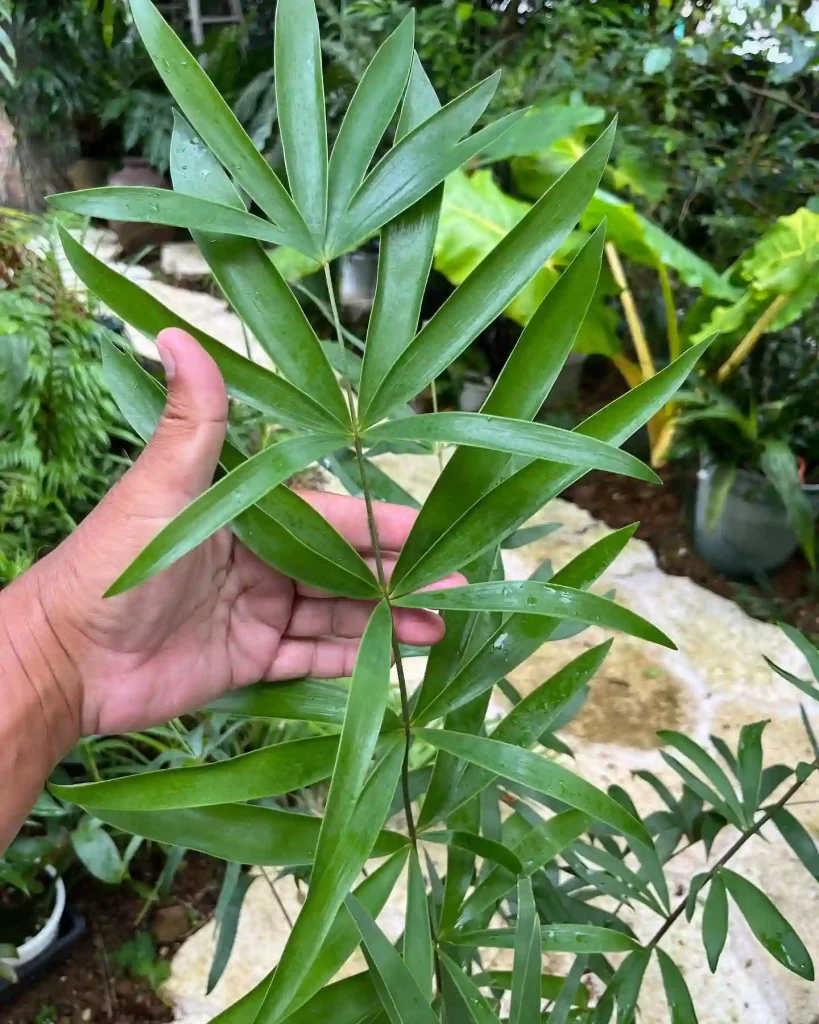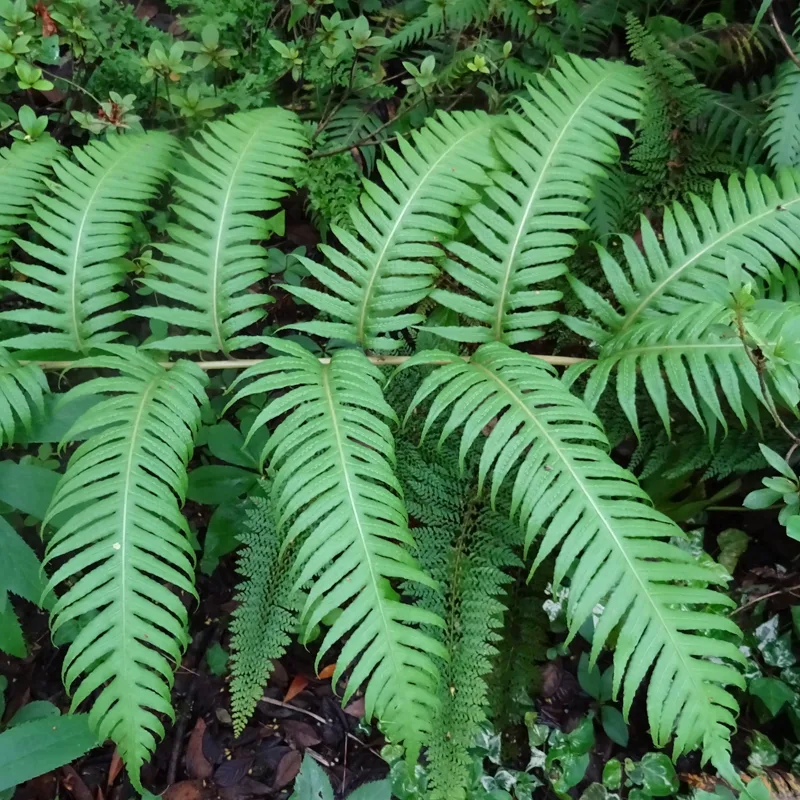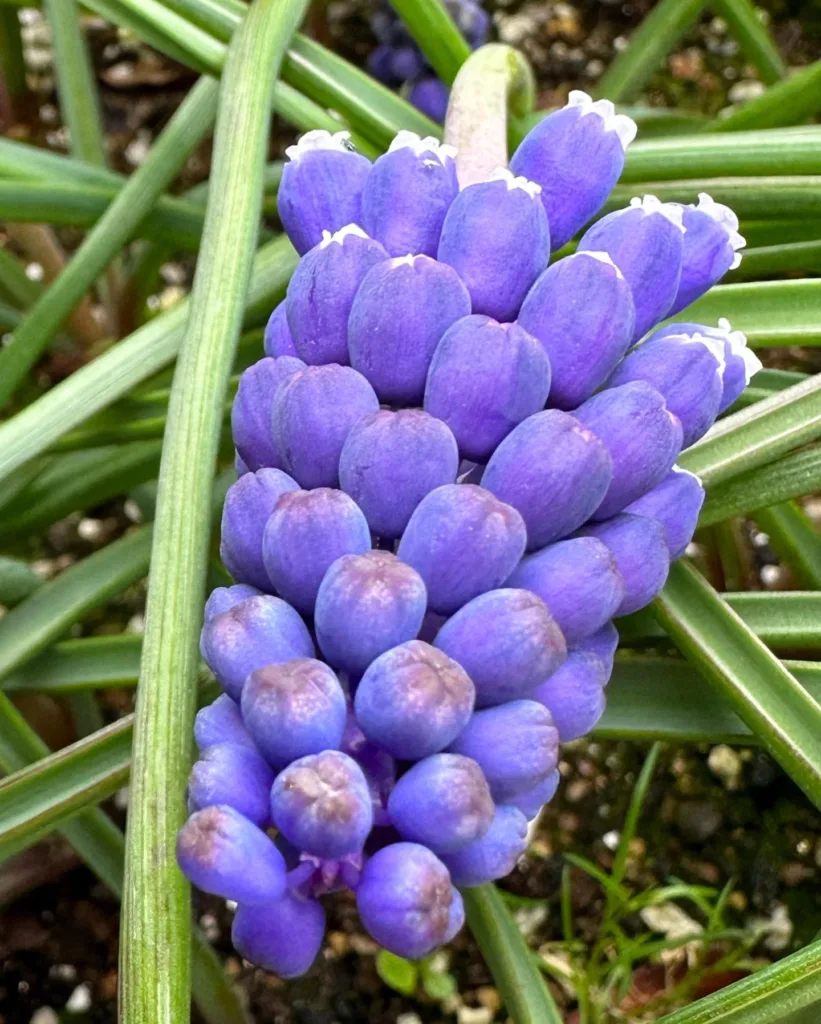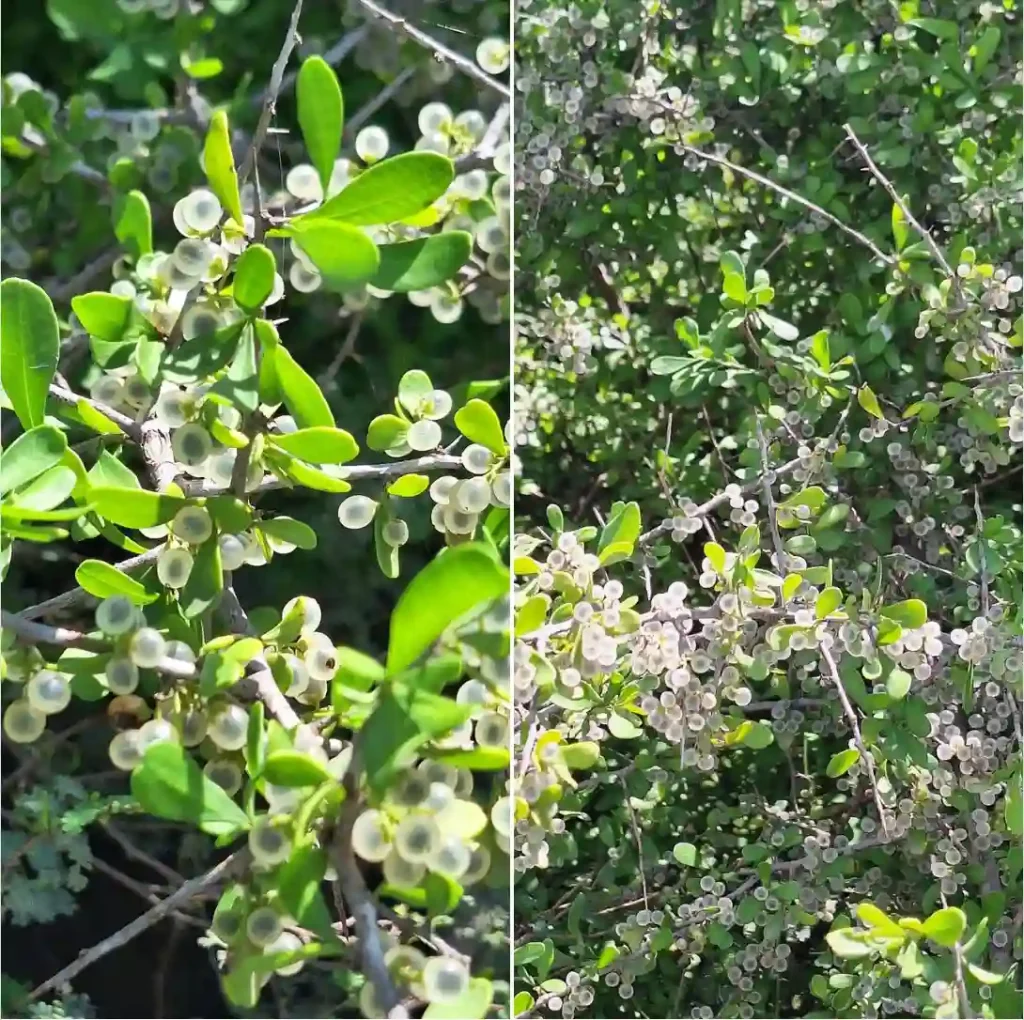Chokeberry: A Powerhouse Berry You Need to Know About
Hi, I’m Ferb Vu, and I’m here to dig into the world of Chokeberry. This little berry packs a big punch when it comes to health benefits and flavor. But before you go hunting for it in your backyard, let’s clear up some confusion and answer some common questions.
3 Species in Genus Aronia
What is Chokeberry?
Chokeberry, also known as Aronia, isn’t your average grocery store find. It’s a native North American shrub with deep purple-black berries. Don’t let the name fool you – chokeberries are incredibly tart on their own. But don’t write them off just yet! Their tartness translates beautifully into jams, jellies, juices, and even wines.
Not to be confused with: Chokecherry. While their names are similar, chokeberries and chokecherries are different plants. Chokeberries are smaller shrubs with dark purple-black berries, while chokecherries are taller trees with black fruits. Chokeberries are also much tarter than chokecherries.
Chokeberry vs Chokecherry
Chokeberries have a more complex tartness that I enjoy, while chokecherries tend to be sweeter with a slight bitter note.
Chokeberry vs Blueberry
Blueberries are juicier and sweeter compared to chokeberries, which have a more pronounced tartness and earthy flavor.
Chokeberry vs Elderberry
Elderberries are richer and more floral in taste, whereas chokeberries have a sharper, tangier flavor profile.
Chokeberry vs Buckthorn
Buckthorn berries are extremely tart and almost sour, whereas chokeberries strike a balance between tart and sweet, making them more palatable.
Chokeberry vs Huckleberry
Huckleberries are sweeter and juicier than chokeberries, which have a stronger tartness and earthy undertones.
Chokeberry vs Pokeberry
Pokeberries are much more bitter and toxic if not prepared properly, unlike chokeberries, which are safe to eat and have a tangy, sour taste.
Chokeberry vs Serviceberry
Serviceberries are sweeter and often likened to a cross between a blueberry and a cherry, while chokeberries have a more distinct tartness.
Chokeberry vs Aronia
Aronia berries, which are often referred to as chokeberries, taste similar to chokeberries but are slightly milder and less tart.
Chokeberry vs Privet
Privet berries have a less appealing taste, often described as bland or bitter, unlike chokeberries, which have a unique tartness that can be enjoyable in culinary uses.
Chokeberry vs Cranberries
Similar tartness level, but chokeberries have a more complex flavor profile. Cranberries are more commonly used in juices and sauces.
Chokeberry vs Acai Berries
Both are antioxidant powerhouses, but acai berries are more delicate and perishable. Chokeberries are a more readily available and affordable option.
Is Chokeberry a Superfood?
Superfood is a bit of a marketing term, but Chokeberry comes pretty close. It’s loaded with antioxidants called anthocyanins, which are believed to have various health benefits. Studies suggest chokeberries may help with:
- Heart health: By potentially improving blood vessel function and reducing inflammation.
- Blood sugar control: Early research indicates chokeberries might help manage blood sugar levels.
- Overall well-being: Chokeberries are a good source of vitamins and minerals, including vitamin C, fiber, and potassium.
Important to note: While research is promising, more studies are needed to confirm the full extent of chokeberry’s health benefits.
Are chokeberries edible?
Yes, chokeberries (Aronia berries) are edible. In fact, they are considered highly nutritious and are packed with antioxidants, vitamins, and minerals. Chokeberries come in two main varieties: red chokeberry (Aronia arbutifolia) and black chokeberry (Aronia melanocarpa). Both are edible, though the black chokeberry is more commonly used in food and beverages.
How Do I Eat Chokeberry?
As mentioned before, chokeberries are quite tart when eaten fresh. Here are some delicious ways to enjoy them:
- Dried: Dried chokeberries are a concentrated source of nutrients and make a great addition to trail mix or yogurt.
- Juices and Smoothies: Chokeberry juice can be tart, so it’s often blended with other fruits or vegetables for a more balanced flavor.
- Jams and Jellies: Chokeberry’s tartness shines in jams and jellies, making them perfect for pairing with toast or cheese.
- Baked Goods: Add a touch of chokeberry puree or jam to muffins, cakes, or breads for a unique flavor and antioxidant boost.
Remember: If you’re taking blood-thinning medications, consult your doctor before consuming chokeberries, as they may interact with these medications.
Can I Grow Chokeberry in My Garden?
Absolutely! Chokeberry shrubs are low-maintenance and relatively easy to grow. Here’s what you need to know:
- Planting: Choose a location with at least 4 hours of sunlight and well-draining soil.
- Watering: Water regularly during the first year, especially during dry spells. Established chokeberry shrubs are fairly drought-tolerant.
- Harvesting: Chokeberries ripen in late summer or early fall. The berries are ready to harvest when they turn a deep purple-black color.
Bonus: Chokeberry shrubs are beautiful additions to your landscape, offering stunning fall foliage with vibrant shades of red and orange.
In Conclusion
Embracing chokeberry in your garden opens up a world of possibilities. This aesthetically pleasing shrub not only adds beauty and interest throughout the year but also offers an array of health benefits through its nutrient-rich berries. Whether you have a small garden or a vast landscape, chokeberry is sure to find its place and become a star in your outdoor sanctuary. So, don’t hesitate to welcome this versatile plant into your garden and enjoy the benefits it brings to your well-being and the natural environment around you. Happy gardening!
If i die, water my plants!



